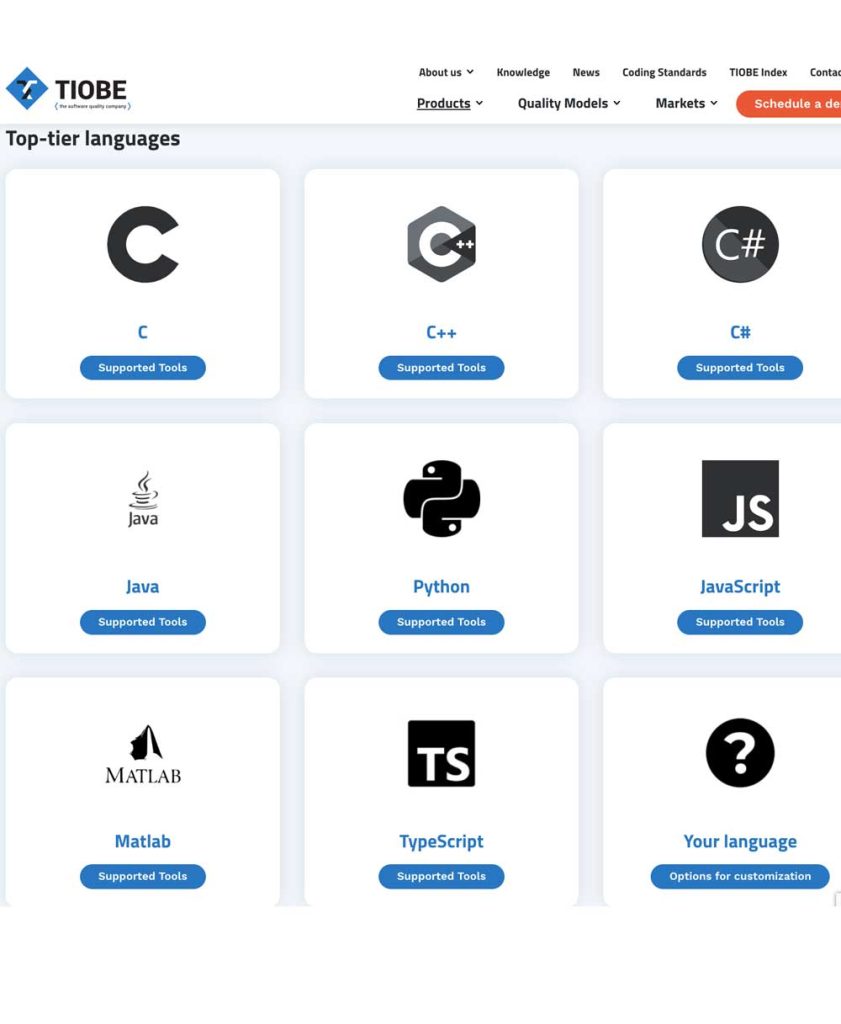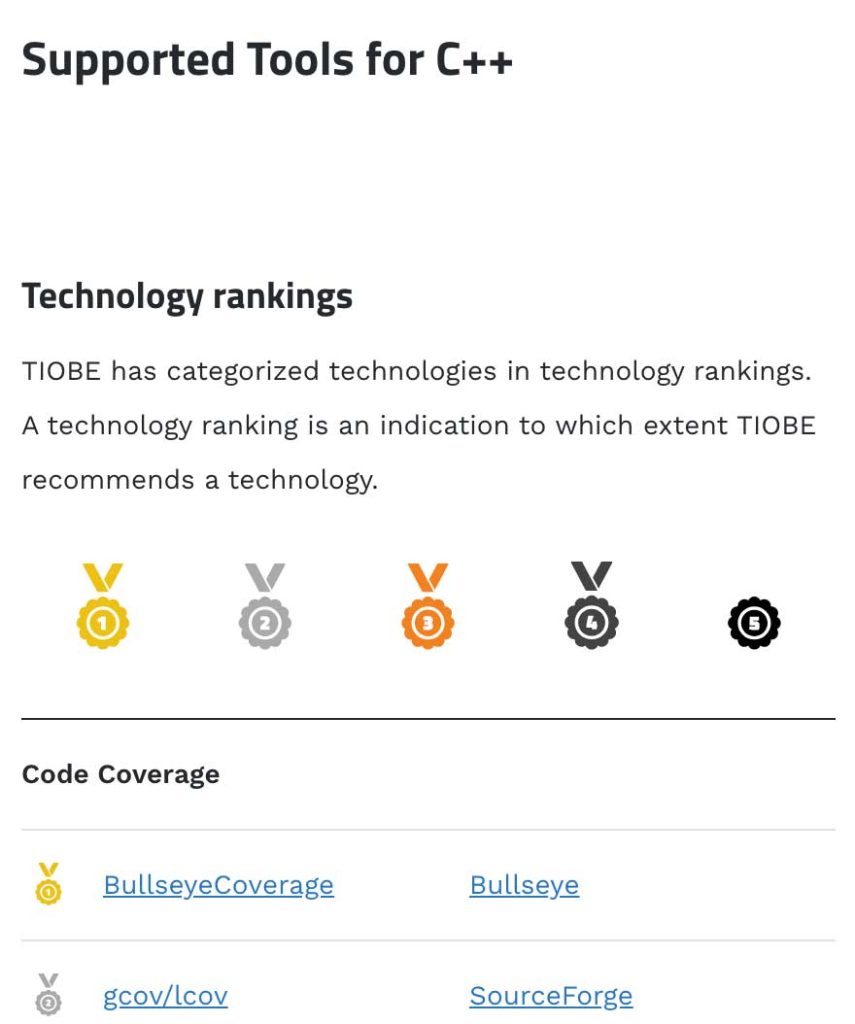ISO/IEC 25010 (often referred to as simply ISO 25010) is an international standard that provides a model for assessing the quality of software products. ISO/IEC 25010 is part of the ISO/IEC 25000 series of standards, also known as Systems and software Quality Requirements and Evaluation (SQuaRE). ISO/IEC 25010 was published in 2011 to replace ISO/IEC 9126. The 25010 standard deals specifically with system and software product quality models.
ISO/IEC 25010 defines a quality model that is composed of two main parts: product quality and quality in use.
The product quality aspect of the ISO 25010 describes various aspects of a software product’s inherent quality. This component is divided into eight quality characteristics, each of which is further divided into sub-characteristics.
The eight characteristics are:
This part of the ISO 25010 refers to the extent to which a product used in a specific context meets the requirements of the user. It includes five characteristics:
This standard is a powerful tool for describing, evaluating, predicting, and improving the quality of software products. It’s widely used in software development processes to ensure a high level of software quality.
Evaluating the quality of your company’s software can be a complicated process, especially in large organizations that make use of many different tech stacks. However, using a framework for evaluating whether your code meets the ISO 25010 makes it much more manageable.
TIOBE, a software quality assessment company based in the Netherlands, has created a framework for evaluating code quality that uses the ISO/IEC 25010 to assess software written in a variety of languages, including some of those listed below.

For each of these supported languages, TIOBE has prepared a list of supported tools. For instance, the image below shows the supported tools for assessing code coverage for C++. Other categories for which TIOBE has a list of recommended technology tools include: abstract interpretation, cyclomatic complexity, compiler warnings, coding standards, code duplication, fan out, security, and dead code.

TIOBE uses these technologies to create a dashboard for customers to see the various aspects of how their software (code and other aspects of their tech stack) fared compared to software quality standards, including ISO/IEC 25010.
Below is a simplified example of how one might create a questionnaire for a few of these quality characteristics. Each question should be answered on a scale, for instance from 1 (strongly disagree) to 5 (strongly agree).
For Functional Suitability:
For Usability:
For Performance Efficiency:
For Compatibility:
For Security:
Remember, this is a simplified example. In a real assessment, you’d have a more detailed questionnaire that covers all eight product quality characteristics and five quality in use characteristics, and each with several more specific questions.
You’d also want to gather and consider objective metrics and data points alongside the responses to this questionnaire. The specific metrics and data points would depend on the software and context, but they might include things like error rates, performance metrics, utilization statistics, and so on.
ISO/IEC stands for the International Organization for Standardization (ISO) and the International Electrotechnical Commission (IEC). Together, they form a specialized system for global standardization in the fields of information technology and related technologies, such as electronics and communications.
ISO: The International Organization for Standardization is an independent, non-governmental international organization that develops and publishes standards. It was established in 1947 and is composed of representatives from various national standards organizations. ISO covers a wide range of standards, not just in technology but across many fields such as quality management, environmental management, safety, and services.
IEC: The International Electrotechnical Commission is the leading global organization that publishes consensus-based international standards and manages conformity assessment systems for electric and electronic products, systems, and services, collectively known as electrotechnology.
When you see “ISO/IEC” before a standard number, it means that the standard has been jointly published by ISO and IEC. These standards often relate to information technology, electronics, and communications, because these are areas where the two organizations have agreed to work together to avoid duplication of effort and to ensure consistency and interoperability.
An example of this is the ISO/IEC 27000 series of standards, which are widely recognized and implemented standards for information security management. Similarly, the ISO/IEC 25000 series of standards, also known as SQuaRE (Systems and software Quality Requirements and Evaluation), provide a framework and consistent terminology for specifying and evaluating the quality of software.